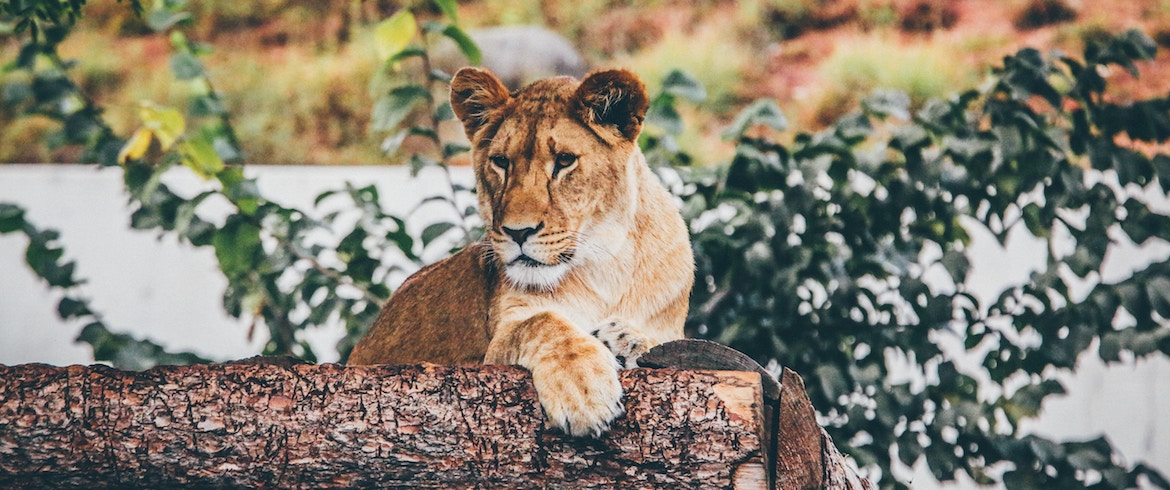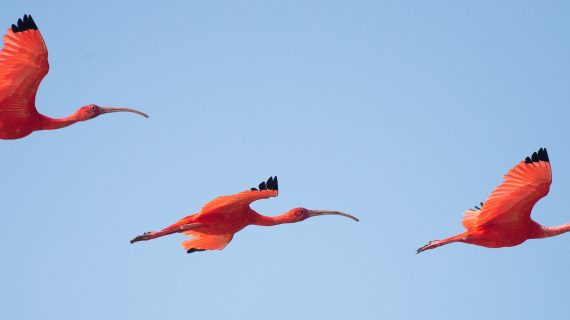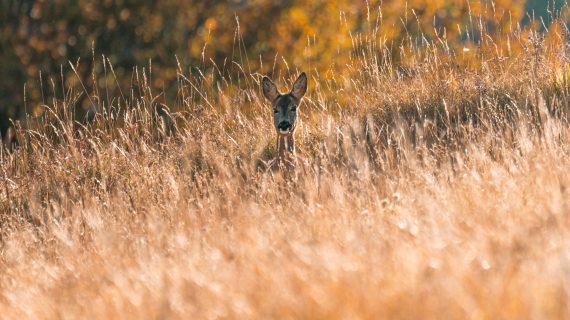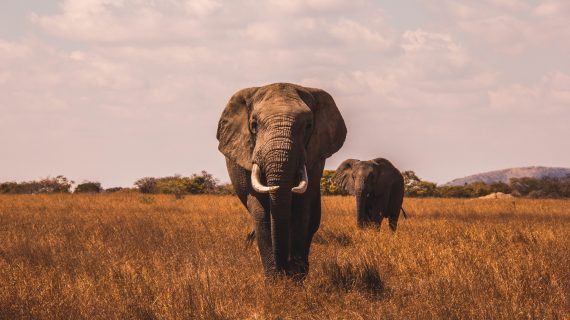Wildlife is our world heritage, it represents biodiversity, essential for our health and that of the planet. Find out how wild animals can be preserved with ecotourism or wild tourism
Travelers are increasingly seeking to live experiences near wildlife. The World Tourism Organization estimates that 7% of tourism is related to wildlife and this type of tourism grows by 3% annually, even more in places like UNESCO Heritage. But what are the effects of this type of tourism on nature, local communities, and wildlife? The answer is ambivalent.
Tourism Threats
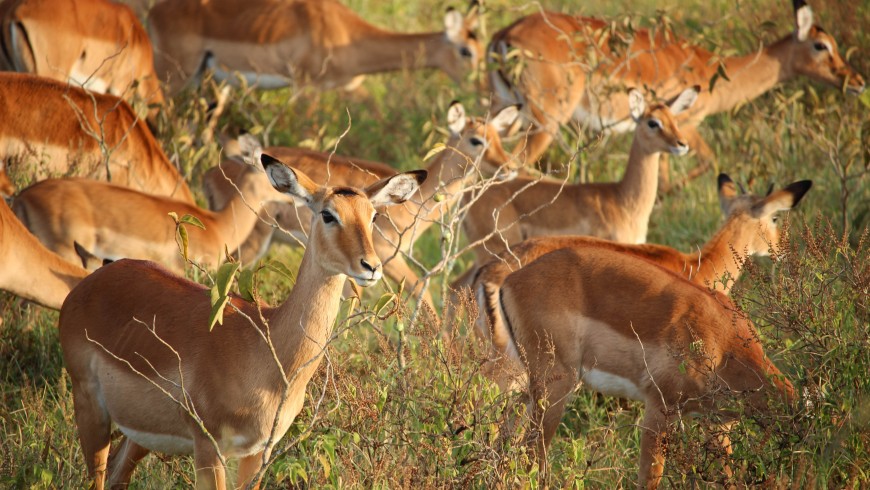
The threat to wildlife is mainly caused by illegal trade, but also by the loss of habitats, pollution, infrastructure, and climate change. As we know, tourism, if poorly managed, can have serious negative impacts on the environment, as seen in the Galapagos Islands, where a large volume of tourists is still a serious threat to the unique fauna of the islands. But on the other hand, tourism that respects the environment, ecotourism, can be a unique resource for the wild animals and the local economy.
Ecotourism Opportunities
An example is the Trust Northern Rangelands in Kenya, an organization that aims to protect wildlife and which employs over 1,000 Kenyans. Nearly 30% of project revenue comes from tourism and the organization involves the entire local population. The Northern Rangelands Trust has succeeded in decreasing elephant poaching in recent years and no rhinoceros have been killed for four years. In Kenya – such as in so many other places in the world – ecotourism is growing exponentially, bringing economic growth in a way that will benefit wildlife from the work of local operators and rangers.
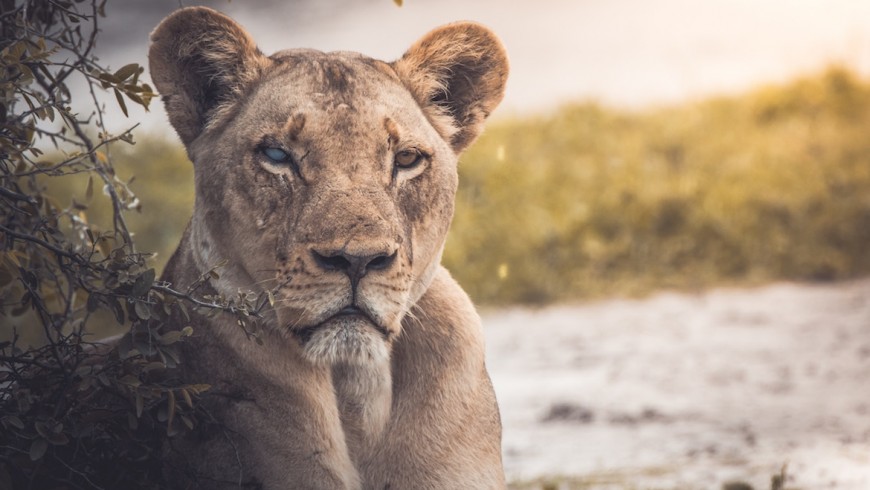
Choosing to live an ecotourism experience means not only experiencing an unforgettable adventure, in contact with the most pristine nature, admiring beautiful wildlife, but also supporting local communities and organizations committed to the protection of local fauna.
